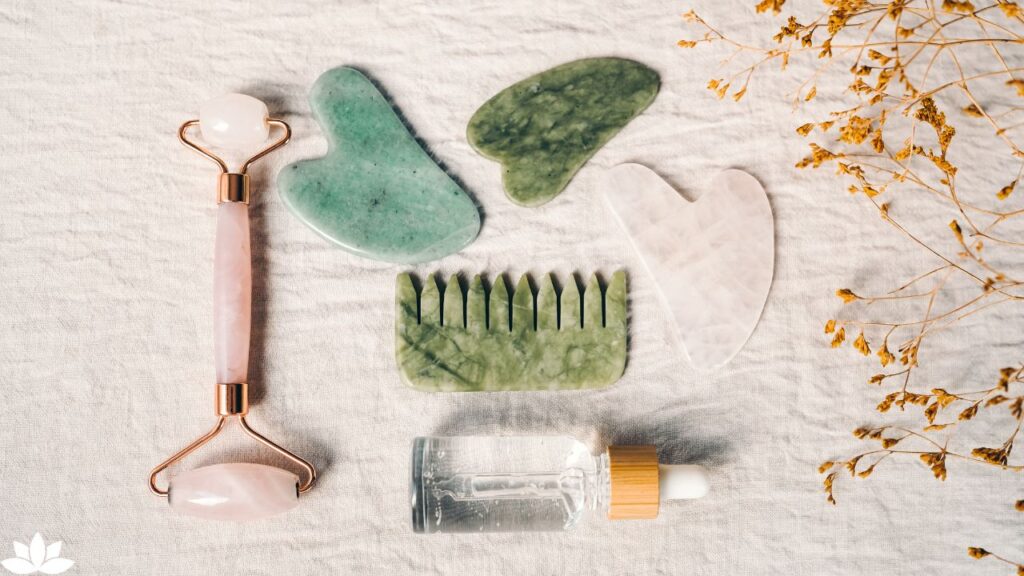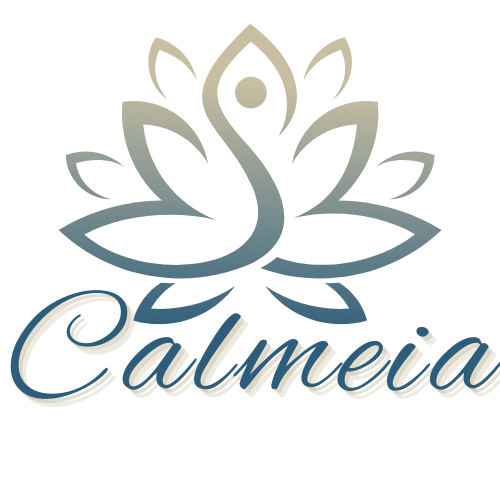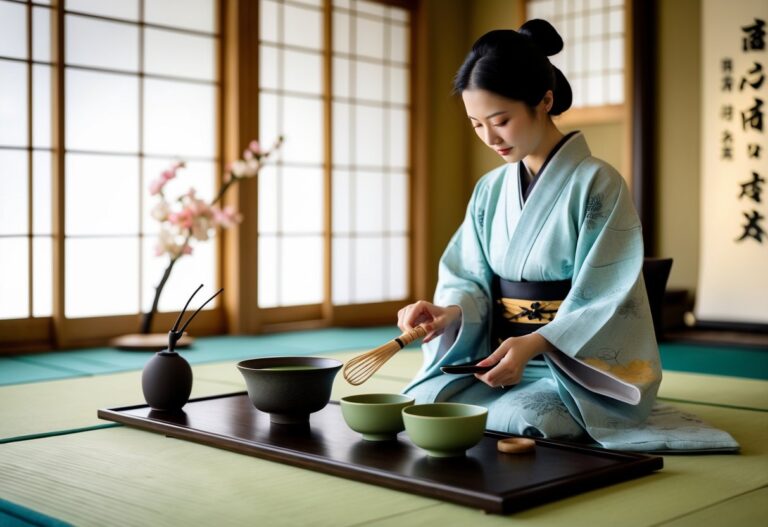Touch does something kind of magical for your mind and body. It can melt away stress, loosen up tight muscles, and help you breathe a little easier.
Honestly, you don’t need a fancy spa appointment to get these benefits. Massage tools at home make it simple to tap into that healing power whenever you need it.
You can manage stress and relieve pain by weaving a few self-care massage devices into your daily routine.

Relaxation techniques like massage therapy aren’t just for high-end spas. With the right at-home massage tools, you can create your own mini spa experience whenever you feel like it.
These gadgets work wonders on your neck, back, and shoulders. They help release stubborn knots and support your overall sense of wellness.
When you use the right tools, you’re supporting your body’s natural healing process. It’s a surprisingly effective way to get better stress relief, right at home.
Learning how to use each device properly? That’ll make your self-care routine way more effective, and honestly, it gives you more say in how you manage muscle tension and emotional stress.
The Science and Benefits of the Healing Power of Touch
Touch has a legit impact on both your body and your mind. It can lower stress hormones, ease pain, and even boost your mood.
Understanding how touch works helps explain why massage and self-massage are such important tools for well-being. There’s real science behind it.
How Therapeutic Touch Impacts Body and Mind
Therapeutic touch—think massage—activates your parasympathetic nervous system. That’s what triggers your body’s relaxation response and brings down cortisol levels.
As cortisol drops, you’ll probably notice less anxiety and a clearer head. It’s like a little reset button for your mind.
Touch also gets your blood circulating and helps with lymphatic drainage. Better blood flow means toxins get cleared out, and your immune system gets a nice boost.
This whole process helps reduce inflammation and speeds up recovery. It’s one of those things that sounds simple, but it really works.
Endorphins—your body’s own painkillers—get a bump from therapeutic touch too. Less pain, more comfort, and a stronger mind-body connection. That’s a win.
Stress Relief and Emotional Wellness Through Massage

Massage is truly a game-changer for stress. Regular touch therapies lower cortisol, which is the main stress hormone, and that can really help with anxiety and mood swings.
When your body finally relaxes after a massage, your mind almost always follows. That deep relaxation can lead to better sleep and a more even emotional state.
Massage also releases oxytocin—the “feel-good” hormone. It helps you feel connected, supported, and just a bit safer in your own skin.
Muscle Tension and Pain Management at Home
At-home massage tools can be surprisingly effective for muscle tension and chronic pain. Tools like massage balls, foam rollers, percussion massagers, gua sha tools, jade rollers, foot massage rollers, and massage cushions all target knots and tight areas.
Massage boosts blood flow to sore muscles, which speeds up healing and helps with stiffness. It also helps flush out lactic acid after a tough workout or a stressful day.
Regular self-massage helps your body release endorphins, so you can actually manage pain without always reaching for medication. That’s pretty empowering.
Best practices for muscle tension relief at home:
- Use circular motions with massage balls on tight muscles
- Apply gentle pressure to trigger points
- Combine massage with stretching for better results
- Stick with a routine for lasting benefits
Effective At-Home Massage Tools and Self-Care Techniques
You’ve got options when it comes to easing muscle tension and stress at home. The right tools and a few simple techniques can make a huge difference in your daily routine.
Choosing the Best Massage Devices for Stress Relief
Pick massage tools that target your trouble spots. Foam rollers and massage balls are perfect for deep tissue work on big muscle groups like your back and legs.
For extra relaxation, devices with a heat function can be a lifesaver. Percussion massagers give fast, targeted relief by pulsing deep into your muscles.
If your neck and shoulders are always tight, try a massage cushion or a massage chair with shiatsu settings. They can really dig in where you need it.
Not everyone wants deep pressure, though. Jade rollers and gua sha tools are gentle options for facial massage, boosting circulation and easing facial muscle tension.
Don’t skip the foot massage roller if you’re on your feet all day. It’s a small thing, but wow, it feels good.
Self-Massage Techniques and Pressure Points

Your hands are underrated massage tools. Applying pressure to your shoulders, neck, feet, or lower back for 30 seconds to a minute can actually release a lot of tightness.
Try a little acupressure—pressing specific points to lower stress hormones and lift your mood. Rubbing your temples, massaging the base of your skull, or kneading your calves and feet are easy places to start.
And don’t forget to add some stretching. It helps with mobility and keeps stiffness at bay, especially if you make it a habit.
Incorporating Home Spa Ideas for Total Relaxation
Set the mood with scents, soft lighting, and calming sounds. Warm towels, aromatherapy oils, or candles can make a big difference.
Use your massage tools as part of a little ritual. Maybe start with a warm foot soak, then roll out your feet with a foot massage roller, and finish with a gentle facial massage using a gua sha tool.
Bringing in a bit of mindfulness during massage helps you really tune in to the sensations. It’s a small thing, but it can make the whole experience more relaxing and restorative.
Daily Stress Management Tips and Relaxation Routines
Try carving out just 10 minutes a day for some genuine self-care. Whether you use massage tools or just your hands, the key is to actually stick with it.
Over time, this consistency can help dial down stress hormones and loosen up those stubborn muscles. It doesn’t have to be complicated—sometimes the simplest routines are the easiest to keep up with.
Little habits make a difference. Maybe you stretch, do some deep breathing, or grab a foam roller after a long day.
Massage cushions, percussion massagers, or even a classic massage gun can work wonders if you’re feeling tight or sore. I’ll admit, sometimes I just reach for a lacrosse ball or a handheld roller because they’re quick and easy.
If you’re into tracking progress, jot down notes about your mobility or any pain points. It’s not about perfection, just noticing what’s changing.
Don’t be afraid to tweak your routine if something feels off. Listening to your body usually pays off in the long run, and honestly, nobody wants to overwork sore muscles.



